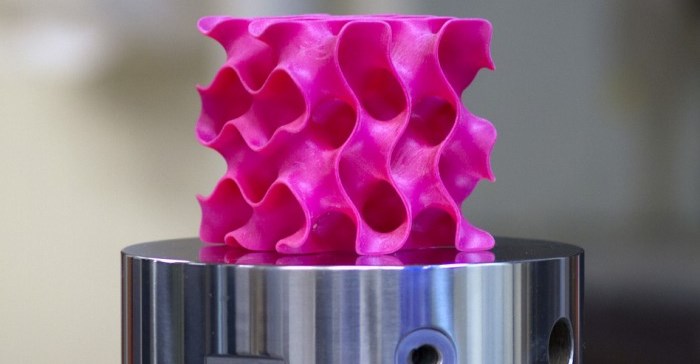
Subscribe & Follow
Jobs
- Receptionist Blackheath
- Master Mechanical Engineer Cape Town
A lightweight material that is 10 times stronger than steel

The research findings indicate that the crucial aspect of the new 3D forms has more to do with their unusual geometrical configuration than with the material itself. This means that similar strong and lightweight materials could be made from a variety of materials by creating similar geometric features. The unusual geometric shapes that graphene naturally forms under heat, known as gyroids, are so complex that “actually making them using conventional manufacturing methods is probably impossible”, says Markus Buehler, head of MIT’s Department of Civil and Environmental Engineering.
Using a combination of heat and pressure, the team was able to compress small flakes of graphene, producing a strong, stable structure. They produced a variety of 3D structures and subjected them to various tests.
Previous research had suggested that it would be possible to create 3D graphene structures so lightweight that they would be lighter than air and could be used as a durable replacement for helium balloons. However, this new research at MIT rules this possibility out. The current results indicate that at such low densities, the material would not have sufficient strength and would collapse from the surrounding air pressure.
Other possible applications of the material that require a combination of extreme strength and light weight could eventually be feasible. “You can replace the material with anything. The geometry is the dominant factor,” explains Buehler.
For example, a concrete structure such as a bridge could be made with this porous geometry, providing comparable strength with a fraction of the weight. Or the application can be used in a filtration system for either water or chemical processing.
Source: Design Indaba

Design Indaba inspires and empowers people to create a better future through design and creativity. We are an online publication (www.designindaba.com) with an annual festival and social impact Do Tank.
Go to: www.designindaba.com





